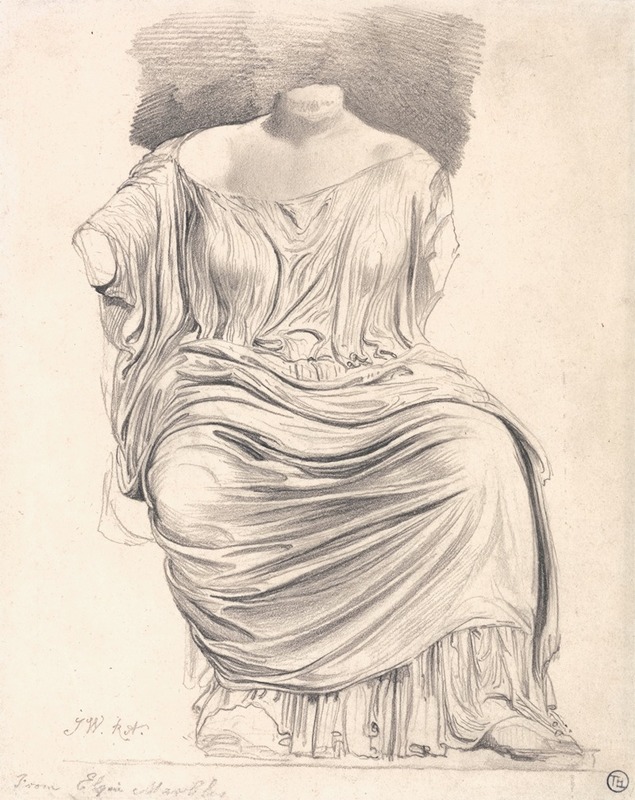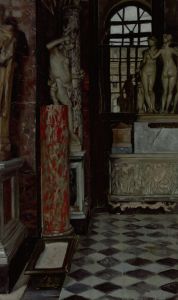
Study of Sculpture; from the Elgin Marbles
A hand-painted replica of James Ward’s masterpiece Study of Sculpture; from the Elgin Marbles, meticulously crafted by professional artists to capture the true essence of the original. Each piece is created with museum-quality canvas and rare mineral pigments, carefully painted by experienced artists with delicate brushstrokes and rich, layered colors to perfectly recreate the texture of the original artwork. Unlike machine-printed reproductions, this hand-painted version brings the painting to life, infused with the artist’s emotions and skill in every stroke. Whether for personal collection or home decoration, it instantly elevates the artistic atmosphere of any space.
"Study of Sculpture; from the Elgin Marbles" is a painting by the British artist James Ward, created in the early 19th century. James Ward (1769–1859) was a prominent painter and engraver, known for his animal paintings, landscapes, and portraits. He was a member of the Royal Academy and gained recognition for his detailed and dynamic style.
The painting "Study of Sculpture; from the Elgin Marbles" reflects Ward's interest in classical art and his engagement with the cultural and artistic debates of his time. The Elgin Marbles, also known as the Parthenon Marbles, are a collection of classical Greek marble sculptures that were part of the Parthenon and other buildings on the Acropolis of Athens. These sculptures were acquired by Thomas Bruce, 7th Earl of Elgin, in the early 19th century and later brought to Britain, where they became the subject of significant controversy regarding their removal and ownership.
Ward's painting is a study of these sculptures, capturing their intricate details and the grandeur of classical Greek art. The work demonstrates Ward's skill in rendering the human form and his appreciation for the aesthetic qualities of ancient sculpture. It is likely that Ward was inspired by the public display of the Elgin Marbles in London, which attracted many artists and scholars who were eager to study and draw inspiration from these masterpieces of ancient art.
The painting serves as an example of the neoclassical movement in Britain, which sought to revive the art and culture of ancient Greece and Rome. This movement was characterized by an emphasis on harmony, proportion, and the idealized human form, all of which are evident in Ward's study of the Elgin Marbles.
Ward's engagement with the Elgin Marbles also reflects the broader cultural context of the time, when there was a growing interest in classical antiquity and its influence on contemporary art and society. The acquisition of the marbles by the British Museum in 1816 further fueled public interest and debate, making them a focal point for discussions about art, cultural heritage, and national identity.
"Study of Sculpture; from the Elgin Marbles" is an important work within Ward's oeuvre, showcasing his technical skill and his ability to engage with the artistic and cultural issues of his day. While the painting itself may not be as widely known as some of Ward's other works, it represents a significant moment in the history of British art, when artists were increasingly looking to the past for inspiration and seeking to align themselves with the timeless qualities of classical art.
In summary, James Ward's "Study of Sculpture; from the Elgin Marbles" is a testament to the enduring influence of classical art on British artists in the 19th century. It highlights Ward's technical prowess and his engagement with the cultural and artistic currents of his time, making it a valuable piece for understanding the neoclassical movement and the broader context of art history during this period.


















